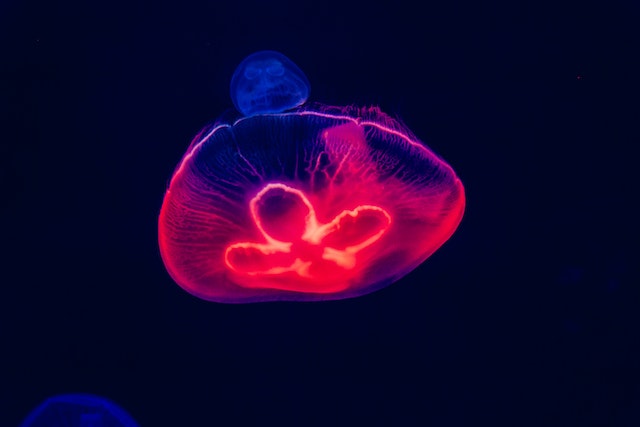Jellyfish are rarely thought of as the scariest sea creatures, but in truth, they can be pretty dangerous. They’re one of the few sea creatures that are capable of killing humans and will sting unwary swimmers to death if they come into contact with them. In addition to their life-threatening stings, jellyfish also have some pretty surprising characteristics about their appearance and behavior that might just make you rethink going near one in the future! With that said, here are 10 scary facts about jellyfish that’ll make you think twice before going near one!
1) They can grow up to 6 feet long

Jellyfish are most commonly found in the ocean, and their size can range from a few inches to 6 feet long. Though they are often seen as harmless, jellyfish actually pose a serious threat to humans. They contain tentacles that have stinging cells called nematocysts, which can cause severe pain to anyone who comes into contact with them.
2) They have no brain
Jellyfish have a decentralized system of nerve cells that do not form a brain. This means they can’t feel pain or think about what they’re doing. They are also color blind and cannot see anything but blue light. As for feeding, jellyfish eat plankton that come into contact with its tentacles. Their stingers aren’t as dangerous as you may think: Some jellyfish such as moon jellies only have nematocysts (stinging cells) on the edges of their bodies, which is harmless to humans.
3) They are immortal (kind of)
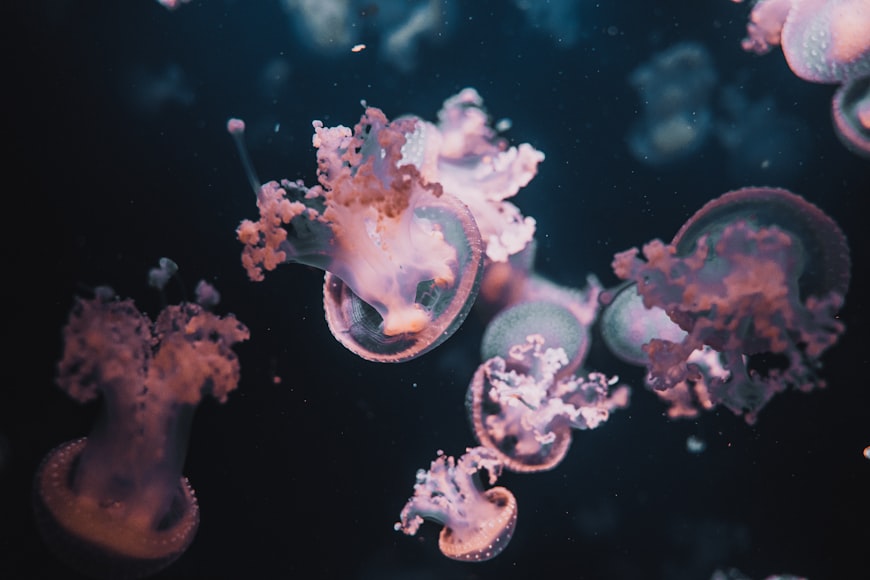
Jellyfish are one of the oldest animals on earth. Fossils show that jellyfish have been around for at least 500 million years, and they aren’t going anywhere soon. There are almost 1,000 species of jellyfish around the world and most of them live in oceans or seas (though some live in freshwater). Even though jellyfish don’t have brains, they are still intelligent creatures that can learn and remember things. In fact, they’re far more intelligent than we give them credit for!
4) Most stingers are on the bottom
The most dangerous part of the jellyfish, the stinger, is usually located on its underside. If a jellyfish is floating upside down, it’s safe to assume that it doesn’t have any stinging power left. It’s not just the tentacles: Many types of jellyfish can release their venom into the water and cause painful welts even if they don’t touch you. In some cases, humans are allergic to the venom: Some people experience anaphylactic shock from coming in contact with certain types of venom; this is life-threatening and requires emergency medical attention.
5) Box jellyfish kill more people than any other animal in the world
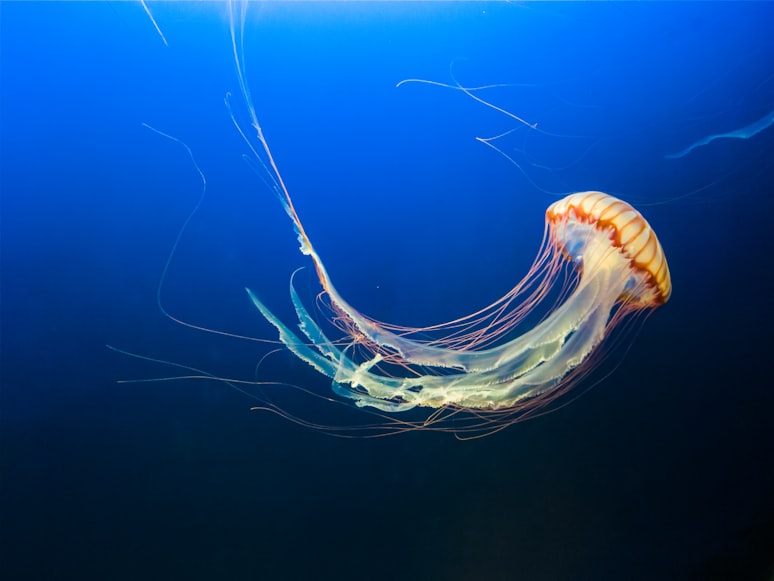
Box jellyfish are the most venomous creature on earth. They kill more people than any other animal in the world. It has been documented that they have killed humans as soon as five minutes after contact, sometimes before you can even feel it. There is no anti-venom for this type of jellyfish so if you do happen to get stung, your only option is to get to a hospital and hope they can help you before it’s too late.
6) The stinger is like a hypodermic needle made out of collagen
A jellyfish’s stinger is like a hypodermic needle made out of collagen. The venom can paralyze and kill its prey, but it is also known to have adverse effects on human beings. However, most people don’t know that the venom can actually be used as a powerful painkiller and anti-inflammatory drug.
7) A human-made robot mimics their method of movement
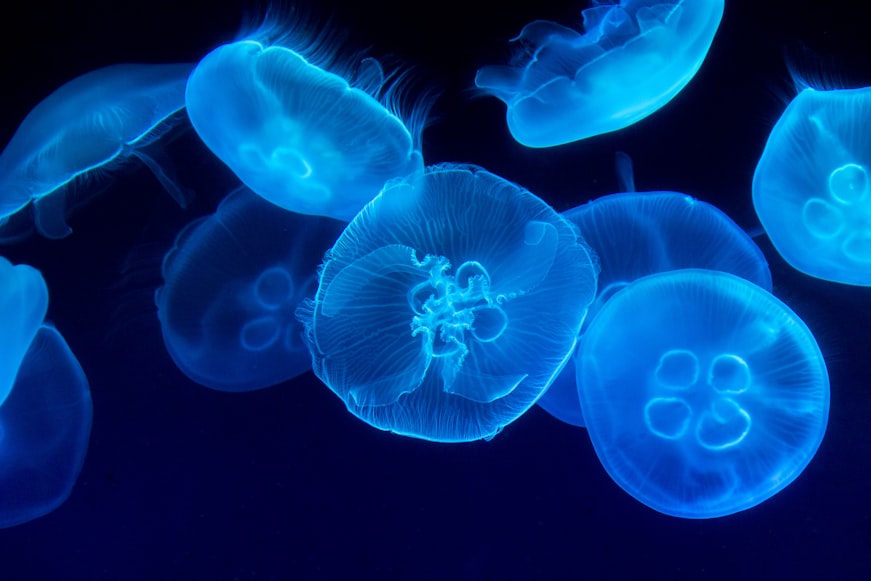
Scientists have been studying the way jellyfish propel themselves in water since the 1930s. This research has led to the development of new robots that mimic their method of movement and are being used to explore underwater mines, search for oil and monitor pollution.
8) Their tentacles can deliver venom far away from their body
Jellyfish are some of the most misunderstood creatures in the ocean. Their tentacles can deliver venom from their body up to 8 feet away, which is a much greater distance than any other sea creature.
Jellyfish are less common in colder climates because they need warmer waters to survive, but that doesn’t mean you’re safe if you live near the equator. They’ve been known to migrate as far north as New Jersey and as far south as Hawaii.
9) Some release baby jellies at their death which can live for years without eating or drinking
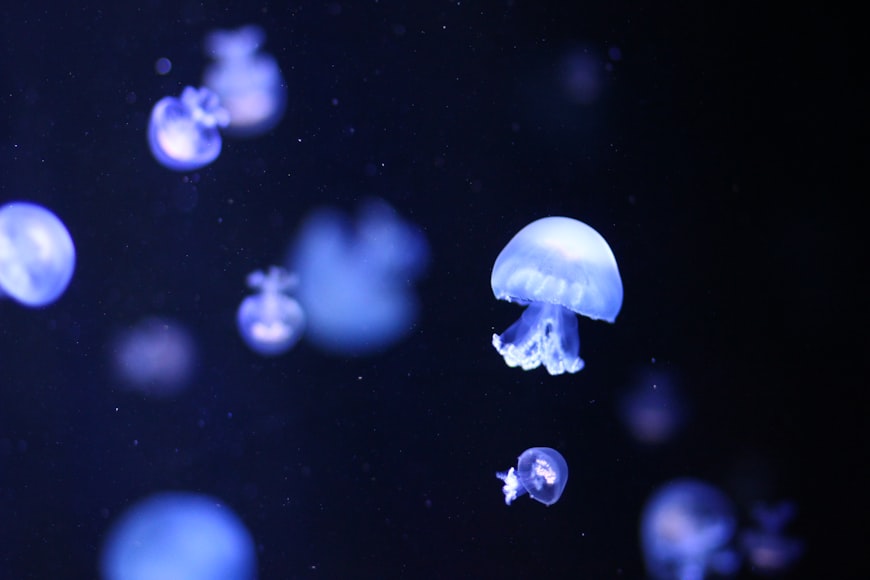
It is a terrifying thought, but some jellyfish release baby jellyfish at their death which can live for years without eating or drinking. It’s like a zombie that never dies. The Irukandji has the most painful sting in the world: Although there are many types of jellyfish with different levels of pain from mild to severe, the Irukandji has the most painful sting in the world. The estimated pain level is 10 out of 10 and it lasts from 4 to 96 hours depending on the individual. If you ever find yourself stung by one and need to get relief fast, try urinating on your wound!
10) They’ve been around for 650 million years, making them one of Earth’s oldest creatures.
Jellyfish are creepy, and they’re weird, but they’re also ancient. They’ve been around for 650 million years, making them one of Earth’s oldest creatures. They have survived 5 mass extinction events so far, including the one that killed the dinosaurs. Nowadays they are found all over the world in oceans and lakes alike.
